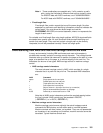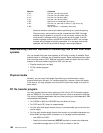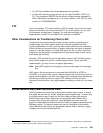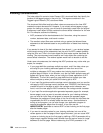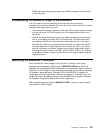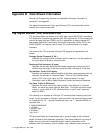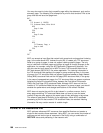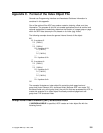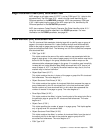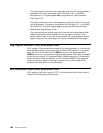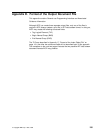
You may also want to index (tag) a specific page within the statement, such as the
summary page. The following is an example of a print file that contains TLEs at the
group level as well as at the page level:
BDT
BNG
TLE Account #, 113
TLE Customer Name, Mike Smith
BPG
Page 1 data
EPG
BPG
Page 2 data
EPG
...
...
BPG
TLE Summary Page, n
Page n data
EPG
ENG
...
EDT
ACIF can accept as input files that contain both group-level and page-level indexing
tags. In the case where ACIF indexes the print file, it creates only TLE structured
fields for a group of pages; it does not support indexing specific pages. The only
way to index both individual pages and groups of pages is through changes to the
application, for example, using the AFP Application Programming Interface. You
can also use the input record exit of ACIF to insert TLE structured fields into an
AFP data stream (MO:DCA-P) file, where applicable. The indexing information in
the TLE structured field applies to the page or group containing them. In the case
of groups, the TLE structured field can appear anywhere between a Begin Named
Group (BNG) structured field and the first page (BPG structured field) in the group.
In the case of composed-text pages, the TLE structured field can appear anywhere
following the Active Environment Group, between the End Active Environment
(EAG) and End Page (EPG) structured fields. Although ACIF does not limit the
number of TLE structured fields that can be placed in a group or page, you should
consider the performance and storage ramifications of the number included.
ACIF does not require the print file to be indexed in a uniform manner; that is,
every page containing TLE structured fields does not have to have the same
number of tags as other pages or the same type of index attributes or tag values.
This allows a great deal of flexibility for the application. When ACIF completes
processing a print file that contains TLE structured fields, the resultant indexing
information file may contain records of variable length.
Format of the Resources File
ACIF retrieves referenced AFP resources from specified libraries and creates a
single file that contains these resources. Using ACIF, you can control the number of
resources as well as the type of resources in the file by using a combination of
RESTYPE values and processing in the resource exit.
188 ACIF User’s Guide




